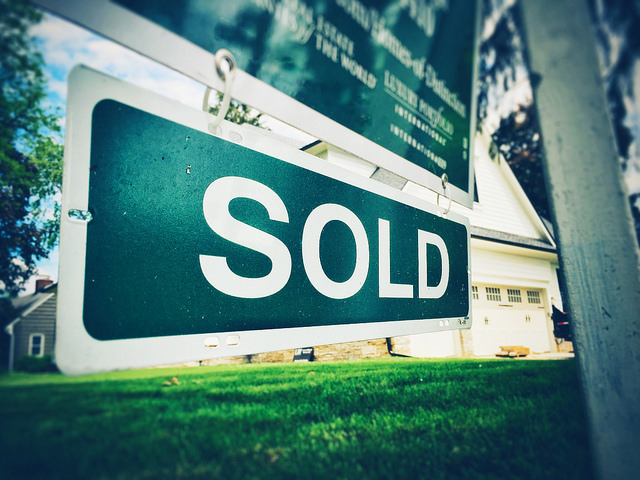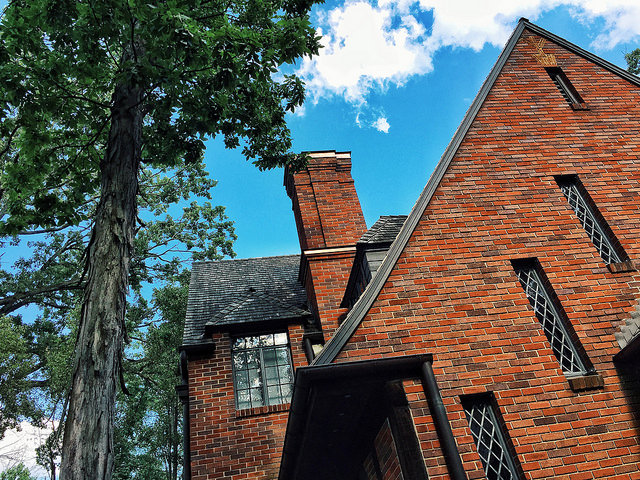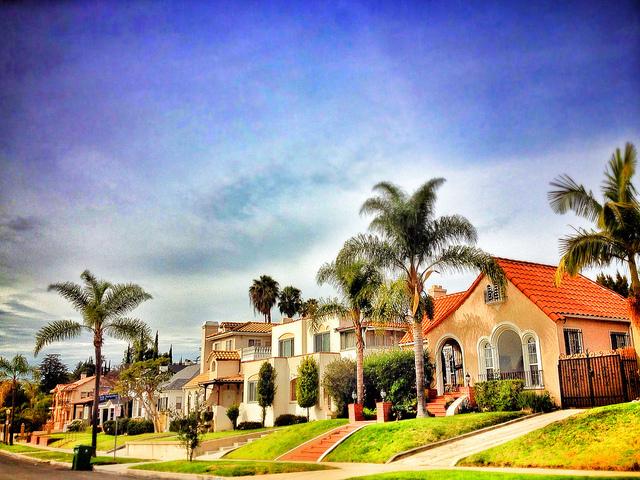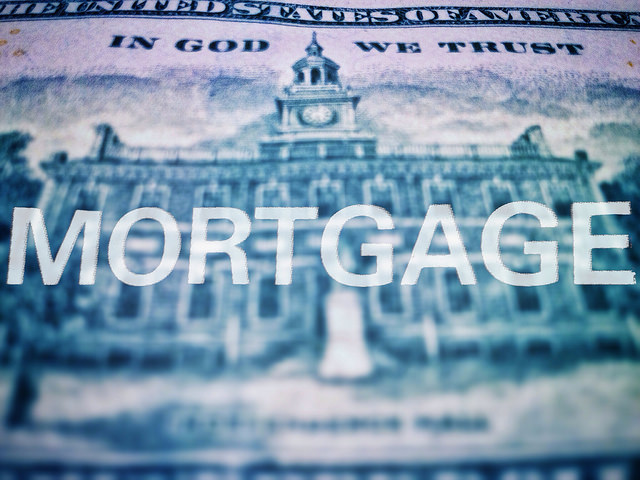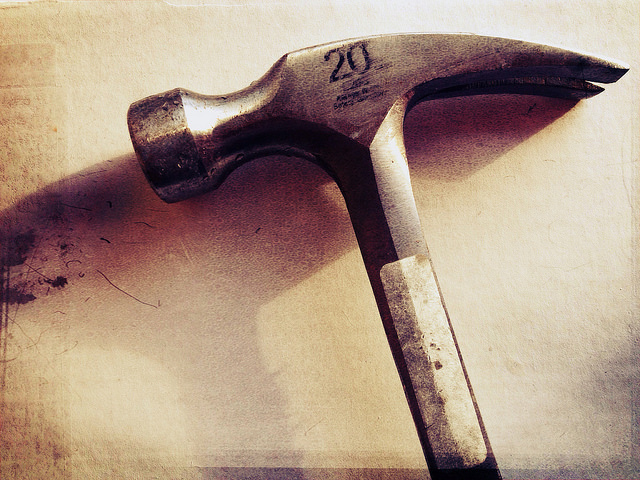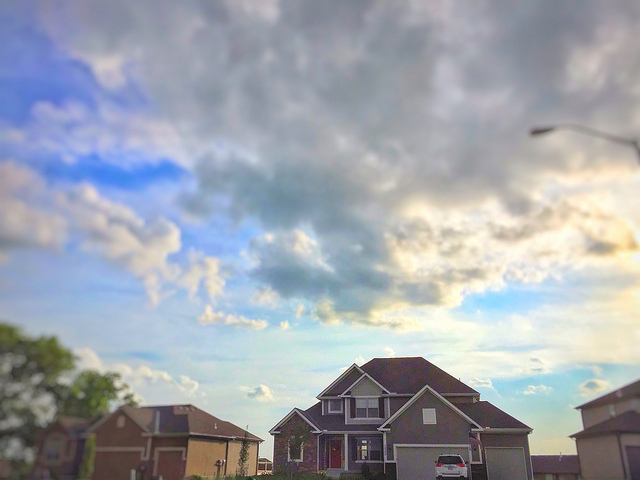In July, 51 percent of homes were on the market less than a month before selling, according to new numbers from the National Association of Realtors. The data provides more evidence that, even as the summer season wears down, there is still a high level of buyer demand in most markets. Lawrence Yun, NAR’s chief economist, says it was the fourth month in a row homes sold in 30 days or less. “July was the fourth consecutive month that the typical listing went under contract in under one month,†Yun said. “This speaks to the significant pent-up demand for buying rather than any perceived loss of interest.†According to Yun, a lack of new home construction is keeping inventory levels low and competition high. That means, home buyers should be prepared to act fast if they find a home they like. Overall, the number of existing homes that sold in July was 1.3 percent fewer than the previous month but still 2.1 percent higher than last year. Regionally, sales were up in the South and West, but fell in the Northeast and Midwest. More here.



